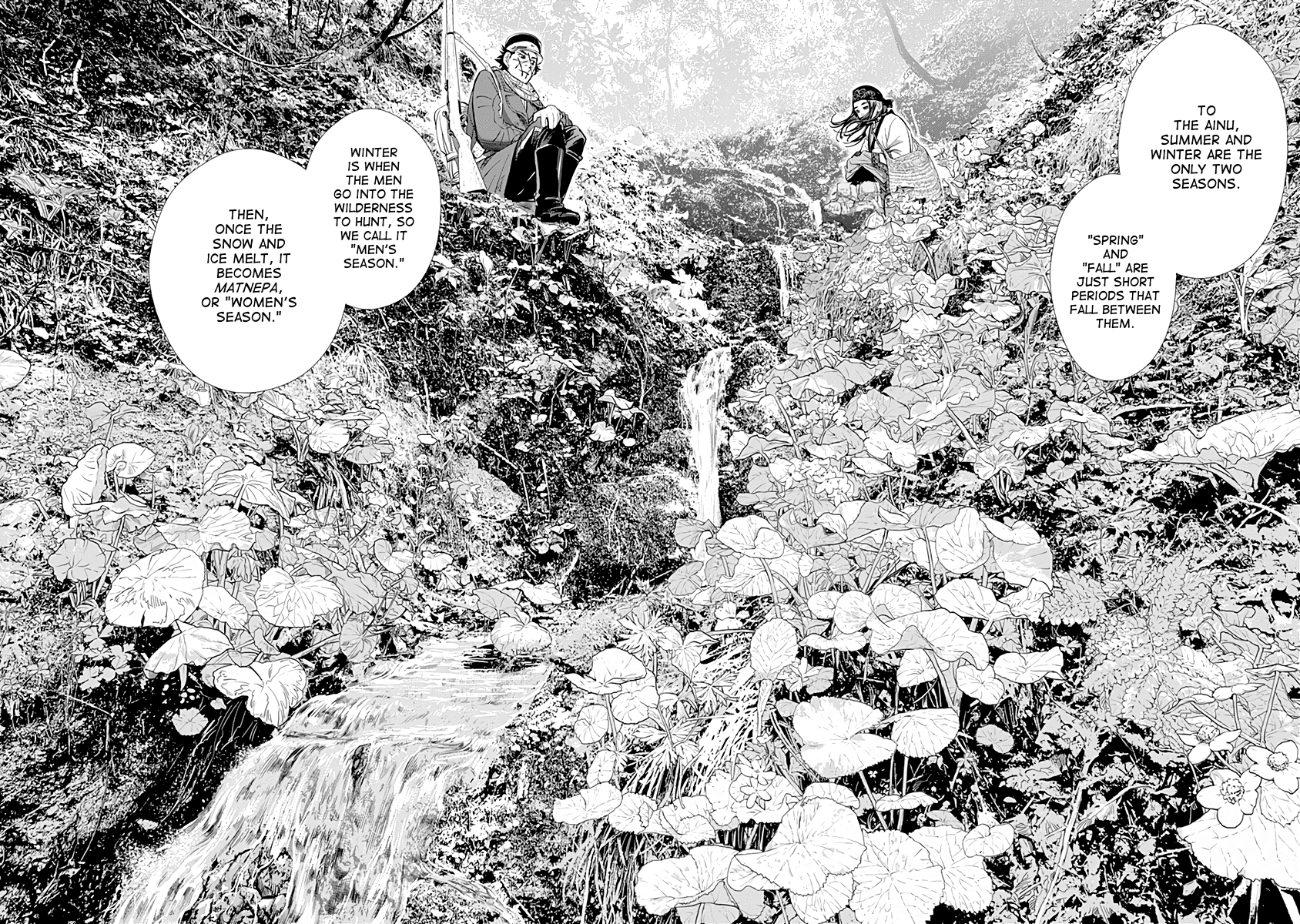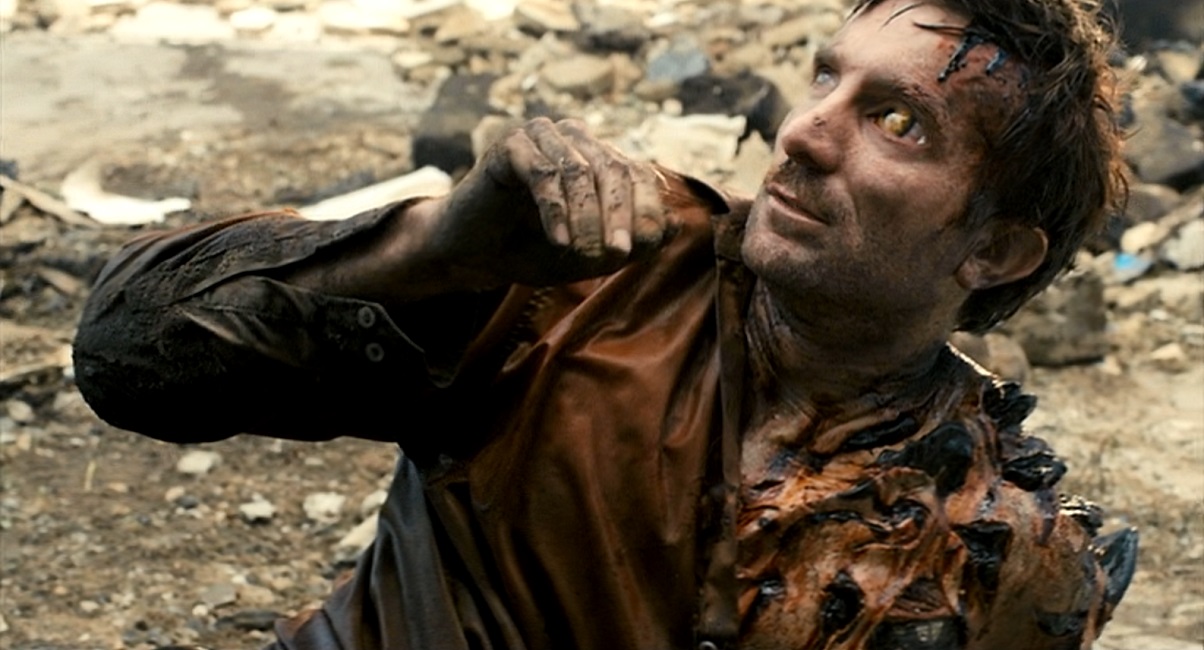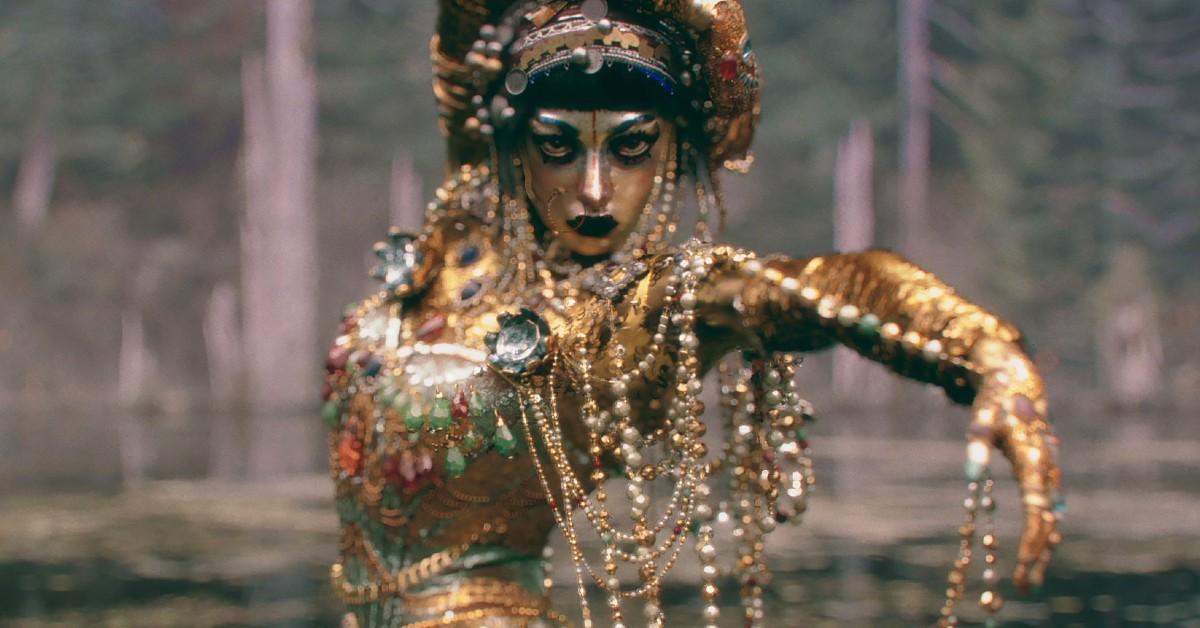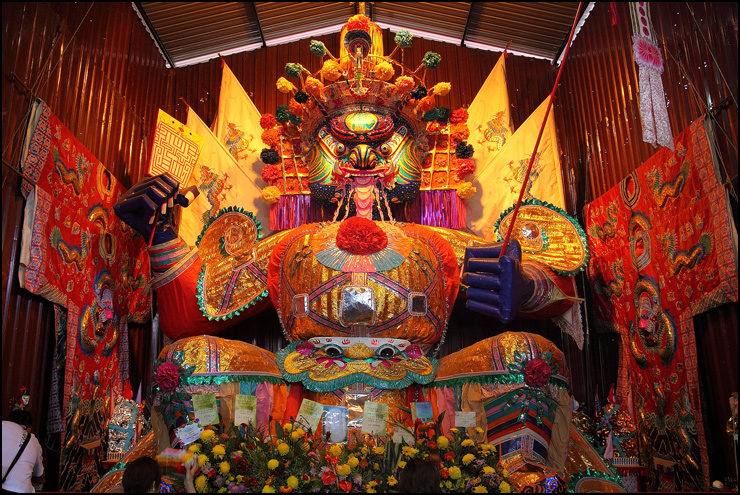Most of Psychopomps is set in the on the sub-continent of Liurza.
 |
| A rough sketch of the sub-continent of Liurza |
Liurza is a land characterised by its abundance, be it of luscious jungles, bestial predators and valuable spices. The last of these particular qualities is what made it a prime target for colonialisation from its neighbours, whom have exchanged ownership of its lands for decades. Liurza was most recently a vassal state to the Théan Empire, subject to the Empress and her legions of Dragoons. When the Shattering happened, it plunged the world into abject chaos. The Théan Administrations in Liurza was called back as the Empire struggled to deal with the monstrous spirits that arose. Most governors abandoned the settlements they had ruled, rushing back to Théa to secure the lands of their birthright. Thus, the apocalypse brought with it a silver lining- the decolonising and subsequent independence of Liurza.
The newly independent Liurzans were forced to rebuild in the midst of the turmoil and violence of the Shattering, with only the seven Exorcised Cities remaining as most of the existing cities were abandoned or destroyed, left for the dead. These Exorcised Cities represent the last remnants (and hopefully, the first roots) of Liurzan culture and society.
The Exorcised City of Corphaksa is perhaps Liurza's largest and greatest city. Corphaksa forms the backbone of Liurza's nationhood, through the construction of its White Roads. These were the salvation of Liurza, roads of monster-repelling salt that connect the Exorcised Cities into a unified Liurza. Corphaksa sits at the center of this web of white, the apparent capital of Liurza. It is through these White Roads that some form of normalcy were re-established, with trade, commerce and industry. It was in these periods of relative peace that the people could begin to rebuild the world around them.
_-_Google_Art_Project.jpg/1200px-Pieter_Bruegel_the_Elder_-_The_Tower_of_Babel_(Vienna)_-_Google_Art_Project.jpg) |
Tower of Babel by Pieter Brugel
|
The discovery of the spirit-bottle changed the world almost as much as the apocalypse. It turned disaster into opportunity, danger into wealth. Any spirit of significant power, could have their ghost captured in these bottles upon exorcism. These ghosts, still roiling with spiritual energy, could then be used as a source of magical power. It powers new technologies and great works of magic, as well as the mundane necessities of existence. The value of these ghosts drive the desperate, greedy or foolish to abandon their jobs, take up arms and hunt as officially (or unofficially) licensed psychopomps. Guilds pop up like mushrooms in damp earth, all clamouring for a bit of the profit. While large guilds like the Hong Family or the Black Betels have established themselves as the premier source of exorcists and mercenaries, smaller guilds cater to the less wealthy, pacifying angry house spirits and breaking love curses. If profit can be derived from the apocalypse, one can be sure that man will find a way to do it.
Modern-day Liurza is thus set in this period of great change, of a burgeoning society attempting to reclaim its lands from both its coloniser and the monsters that now haunt it. The world is a wreck, a ruin. This is an opportunity, the world is ripe for the taking, to be rebuilt however one sees fit.








_-_Google_Art_Project.jpg/1200px-Pieter_Bruegel_the_Elder_-_The_Tower_of_Babel_(Vienna)_-_Google_Art_Project.jpg)


